
Posted By: Medsole RCM
Posted Date: Sep 24, 2025
In the world of healthcare finance, accuracy, speed, and efficiency define how well medical practices get reimbursed. One of the most important elements of this process is the clearinghouse in medical billing. For many healthcare providers, the clearinghouse is like a silent partner working behind the scenes to confirm that claims move easily from the practice to the insurance.
At MedSole RCM, we recognize the critical role clearinghouses play in maintaining claim accuracy and improving revenue flow. This guide explores how clearinghouses work, why they are essential, and the ways they integrate into the larger revenue cycle.
A clearinghouse in medical billing is a third-party entity that acts as a bridge in between healthcare providers and insurance companies. Instead of sending the claims directly to insurance panels, the healthcare practices submit their claims to the clearinghouse, where errors can be checked, formats can be done correctly, and then transmit the claims to the appropriate insurer.
Clearinghouse billing confirms that the accuracy of claims should be checked before submitted to insurance companies by healthcare providers. By detecting missing codes, formatting issues, or patient demographic errors, a clearinghouse reduces the denials and first-time acceptance rates can be improved.
Instead to process claims manually, the clearinghouse claims submission accelerates the whole process. As a result of this automation of process, the claims reach to insurances almost instantly, which will reduce the reimbursement times.
Clearinghouse healthcare platforms use advanced technology for encryption and HIPAA-compliant processes, so that patient information can be transfer securely, resulting in compliance with healthcare regulations.
Healthcare providers often ask: what does a clearinghouse do during claims submission? The answer involves multiple steps:
A medical claims clearinghouse confirms that only properly formatted and error-free claims can be reach to insurers. This reduces the chances of rejections and improves the cash flow.
Using a clearinghouse means providers no longer need to manually track multiple payer requirements. All claims are submitted through one portal, reducing administrative burden.
While there is a minimal fee for clearinghouse services, the savings in reduced denials, less number of resubmissions, and faster reimbursements.
In practice, clearinghouse claims submission involves integration with the provider’s practice management or electronic health record (EHR) system. Claims are uploaded directly, scrubbed for errors, and transmitted to payers. Many clearinghouses also support the claim tracking, allowing healthcare providers to see claim status in real time.
For example, if 1,000 claims in a month are submitted by healthcare practice, and even 10% are initially rejected without a clearinghouse, that means there are hundreds of delayed payments. With a clearinghouse, rejection rates drop, creating a predictable cash flow.
Without a medical claims clearinghouse, practices may face:
In today’s fast-moving healthcare environment, working without a clearinghouse creates unnecessary hurdles that can be avoided.
While selecting a clearinghouse partner, the healthcare providers should look for:
Contact our Experts at MedSole RCM, we partner with top-tier clearinghouses that results in smooth, accurate, and efficient billing. A well-chosen clearinghouse has a direct impact on the whole revenue cycle. From claim submission to payment posting, it results in less errors, faster reimbursements, and more reliable financial performance for healthcare practices.
1. What is a clearinghouse in medical billing?
A clearinghouse in medical billing is like a third-party that acts as a bridge in between healthcare providers and insurance companies, checks claim for accuracy, formats them correctly, and sends them to insurance companies. It ensures fewer errors and quicker reimbursements.
2. Why is a medical claims clearinghouse important?
The medical claims clearinghouse can reduces the errors, prevents claim rejections, saves administrative time, and improves the reimbursement rates.
3. Can providers submit claims without a clearinghouse?
Yes, but it mostly leads to higher rejection rates, slower payments, and more manual work. A clearinghouse makes the process more efficient and reliable.
4. Does clearinghouse claim submission secure?
Yes. Clearinghouses mostly use HIPAA-compliant processes and encryption so that the patient information is transmitted securely.
5. What is the difference between a clearinghouse and direct insurance submission?
Direct insurance submission sends claims directly to the insurers, but each insurance may require different formats. Clearinghouses standardize the claims across multiple insurances, reducing the errors.
6. Do clearinghouses handle re-submissions?
Yes. Clearinghouses send error reports so healthcare providers can quickly correct and resubmit the claims without delay.
7. How do clearinghouses support revenue cycle management?
They reduce the denial rates, speed up claim processing, and follow compliance, all of which directly increases the revenue cycle of healthcare providers.
Recent Blogs
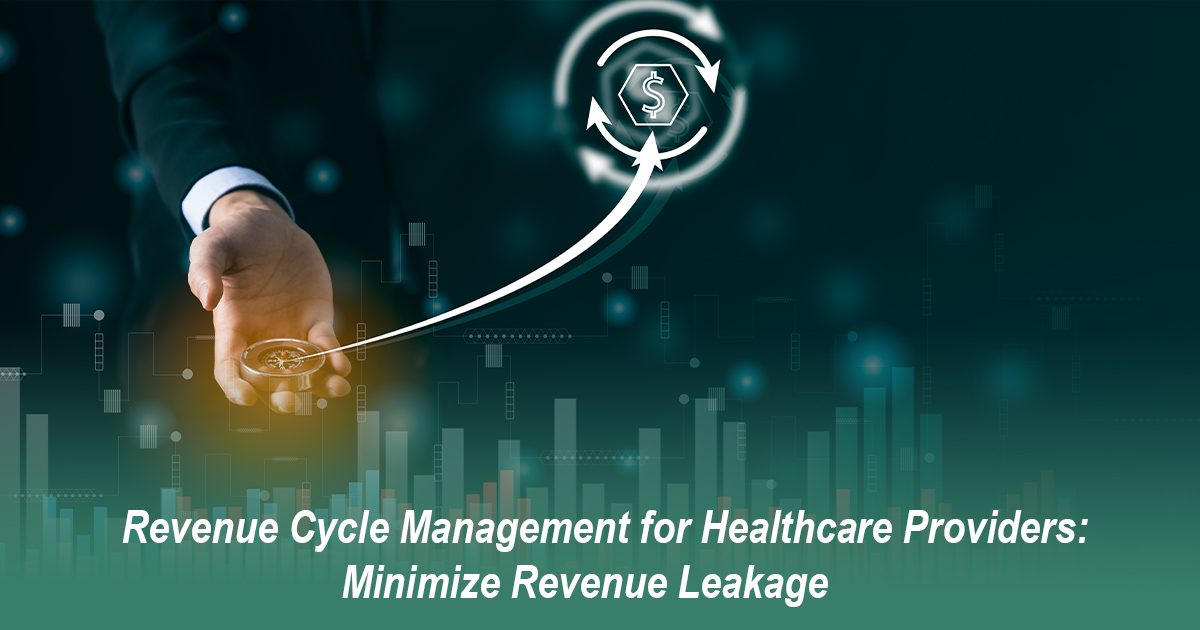
Posted Date: Jun 24, 2025
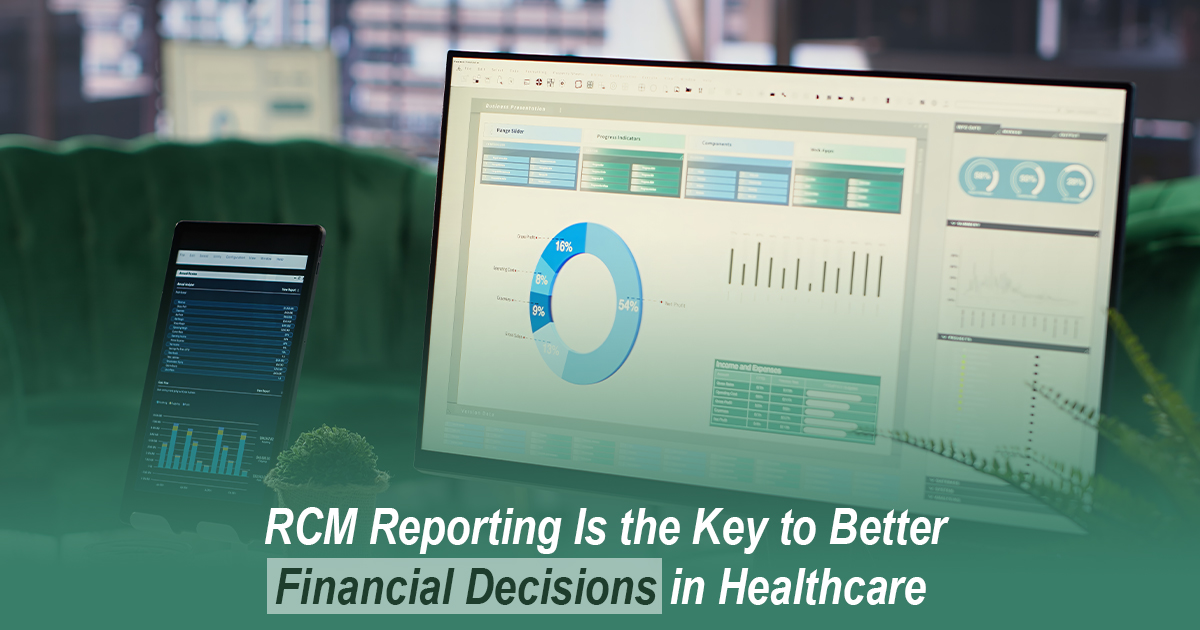
Posted Date: Jun 26, 2025

Posted Date: Jun 28, 2025
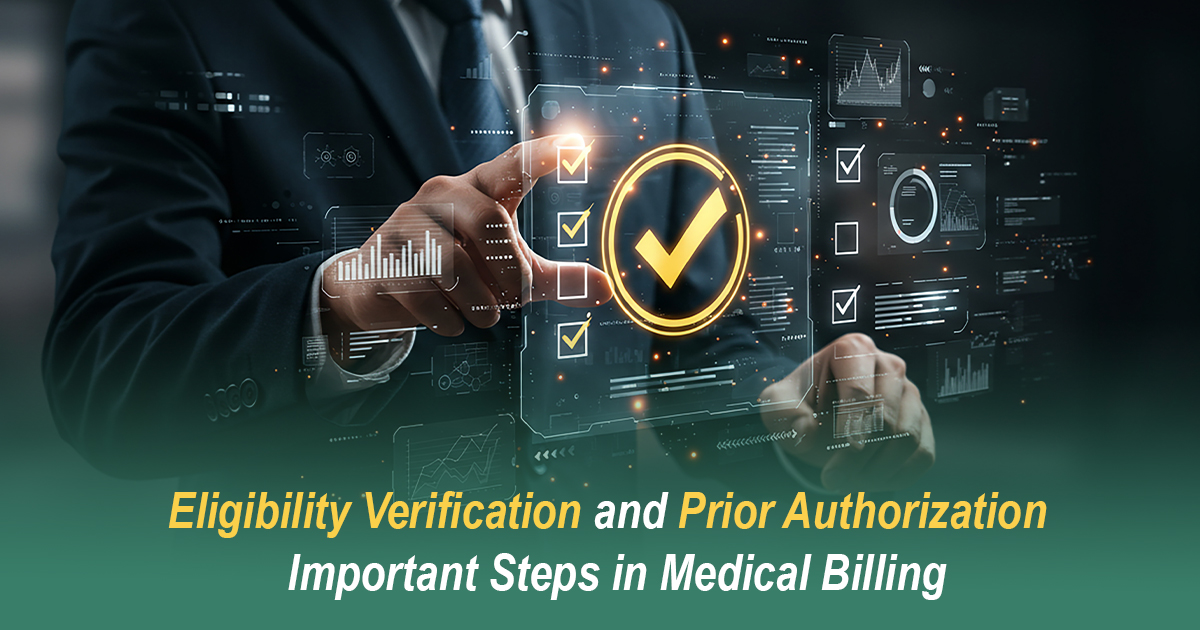
Posted Date: Jun 30, 2025

Posted Date: Jul 02, 2025
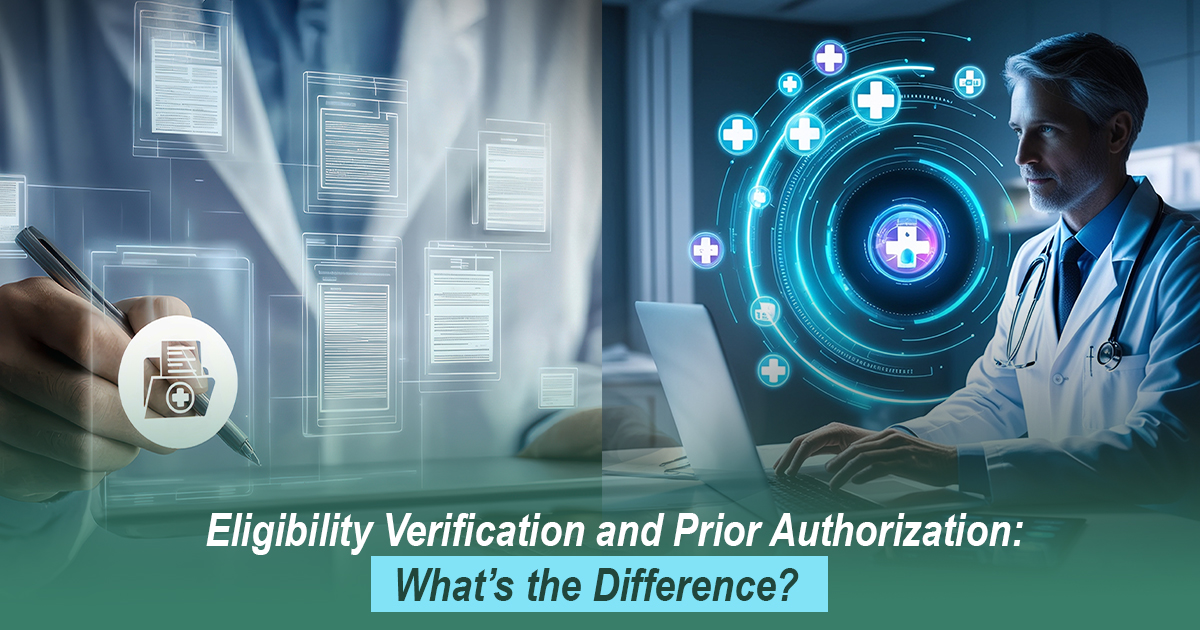
Posted Date: Jul 04, 2025
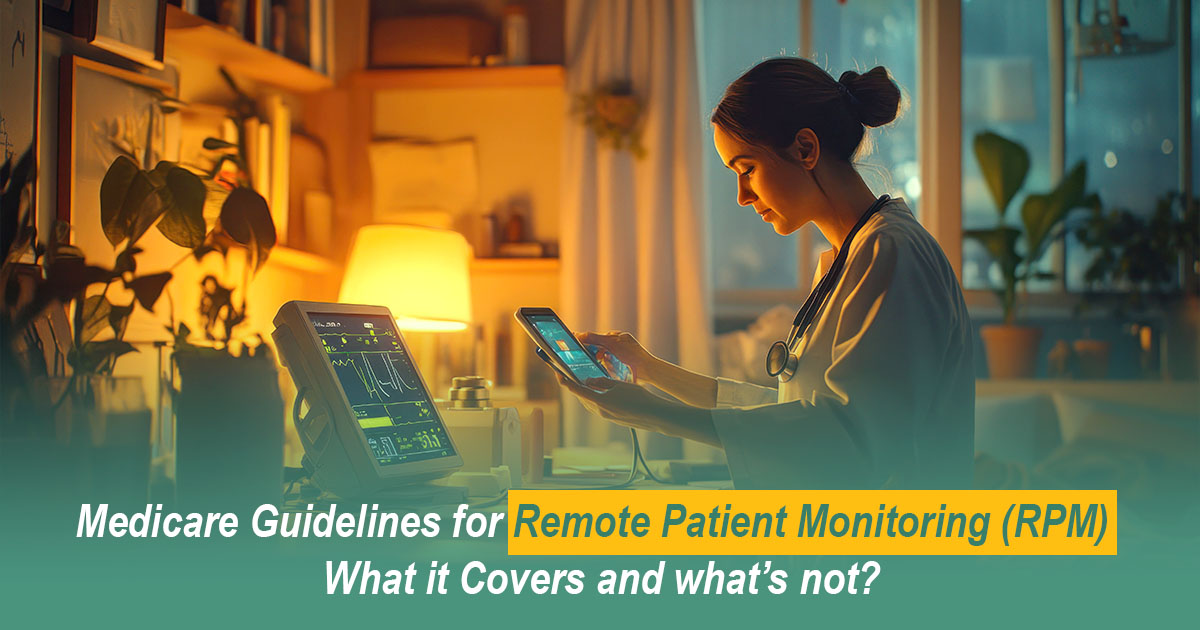
Posted Date: Jul 07, 2025

Posted Date: Jul 09, 2025

Posted Date: Jul 11, 2025

Posted Date: Jul 14, 2025

Posted Date: Jul 16, 2025

Posted Date: Jul 18, 2025

Posted Date: Jul 22, 2025

Posted Date: Jul 23, 2025
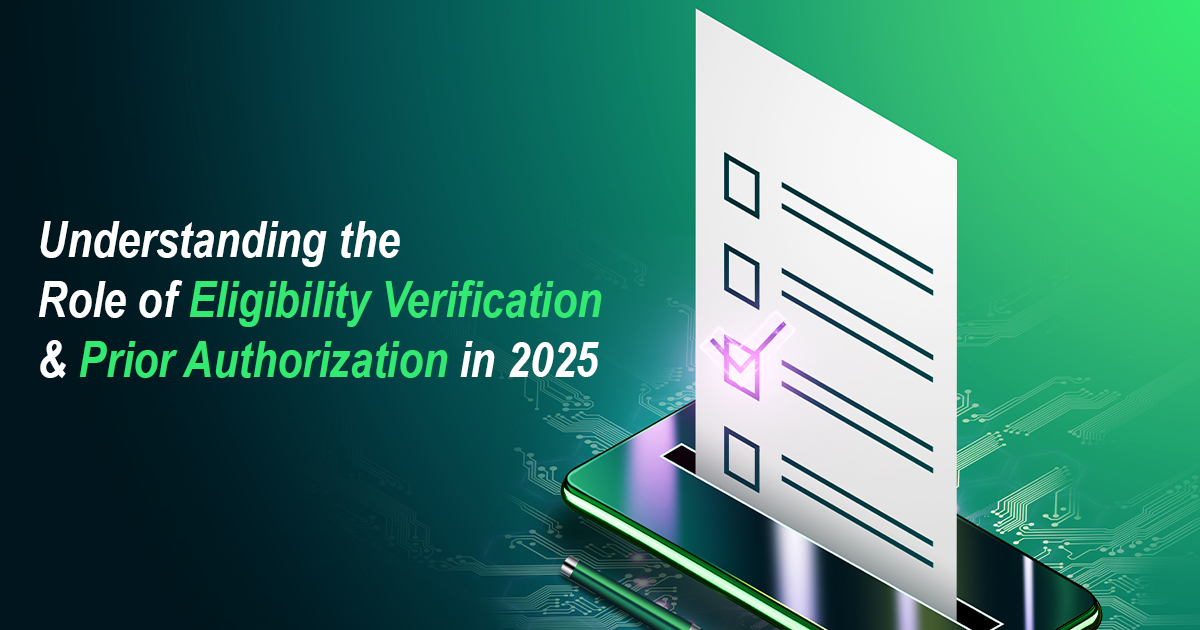
Posted Date: Jul 25, 2025

Posted Date: Jul 28, 2025

Posted Date: Aug 01, 2025

Posted Date: Aug 04, 2025

Posted Date: Aug 06, 2025
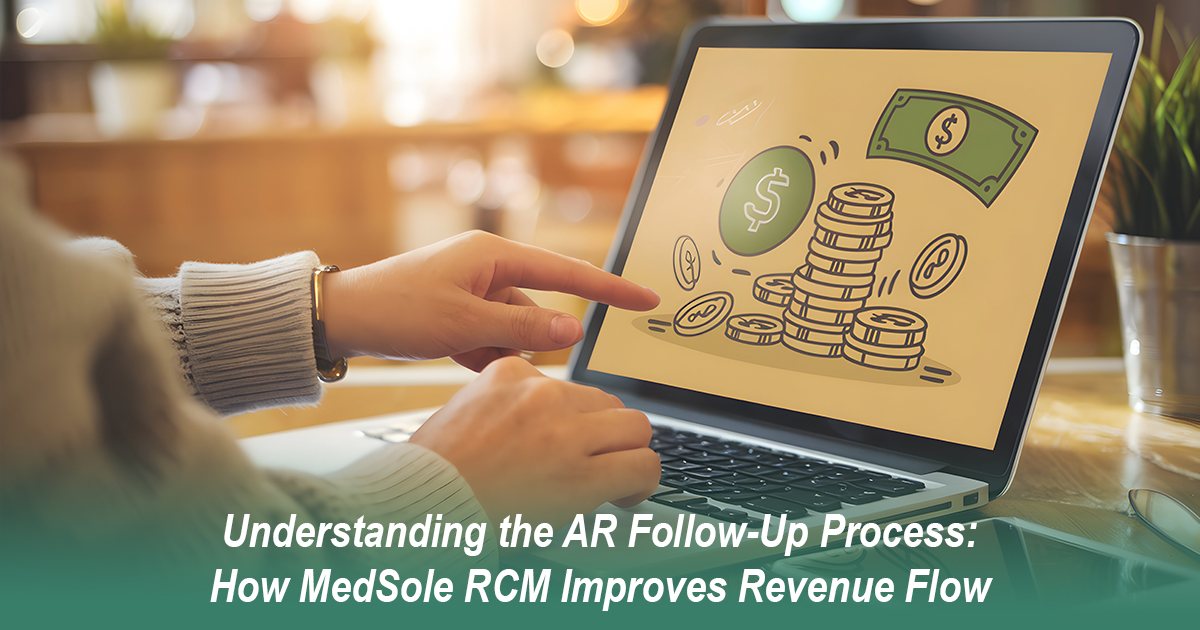
Posted Date: Aug 08, 2025

Posted Date: Aug 11, 2025
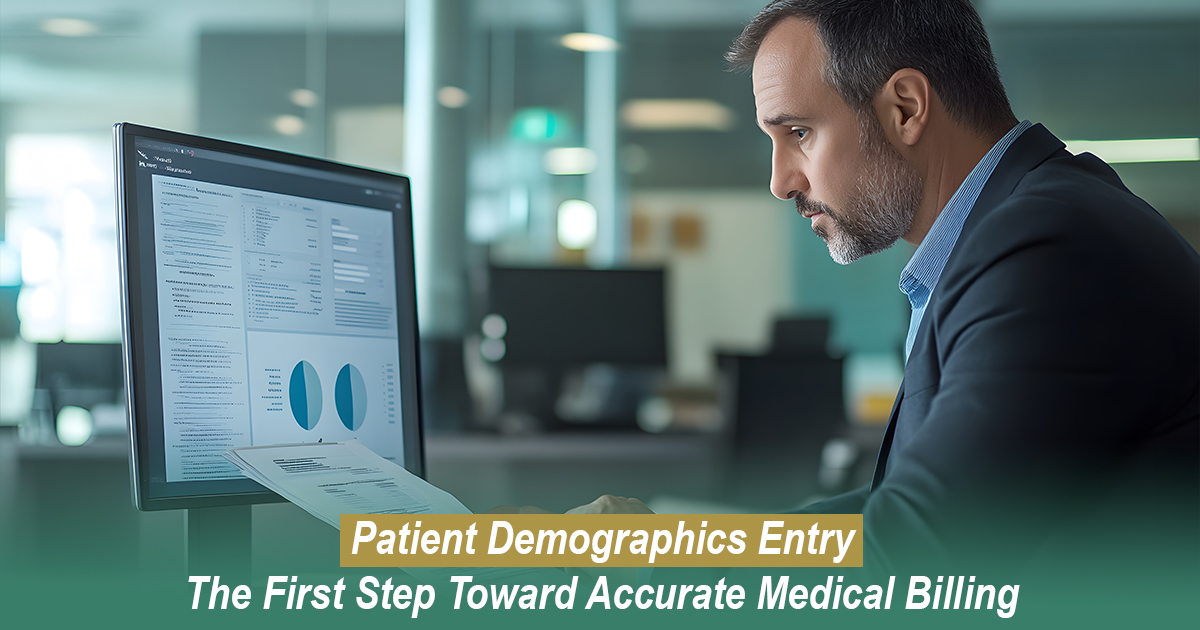
Posted Date: Aug 14, 2025

Posted Date: Aug 18, 2025

Posted Date: Aug 20, 2025
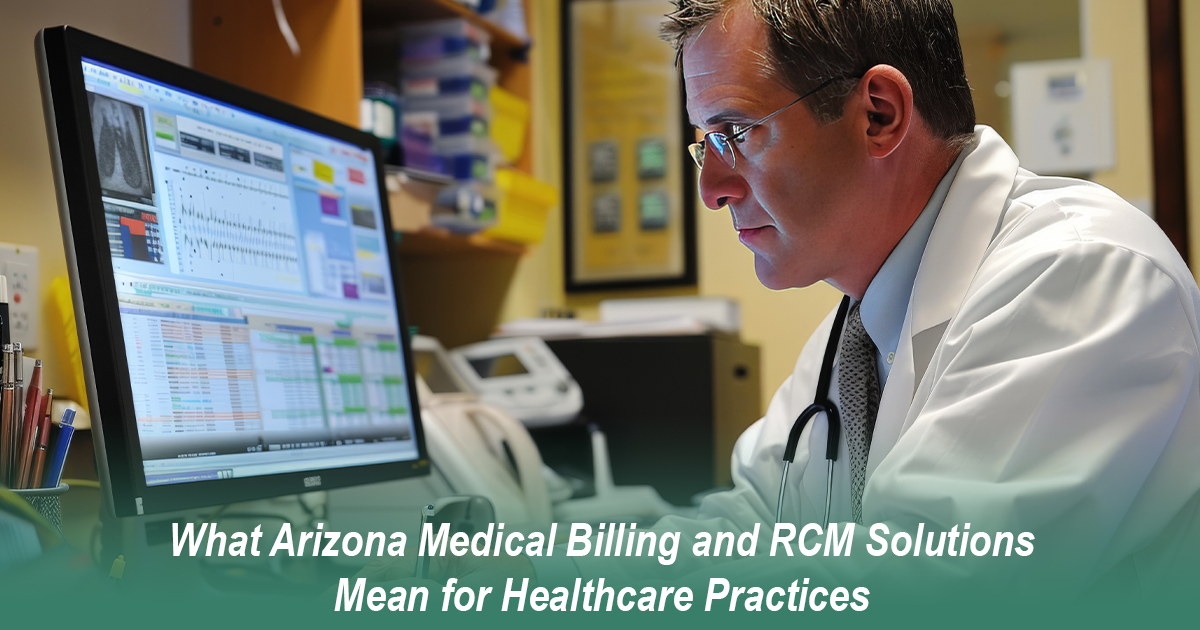
Posted Date: Aug 25, 2025

Posted Date: Aug 27, 2025
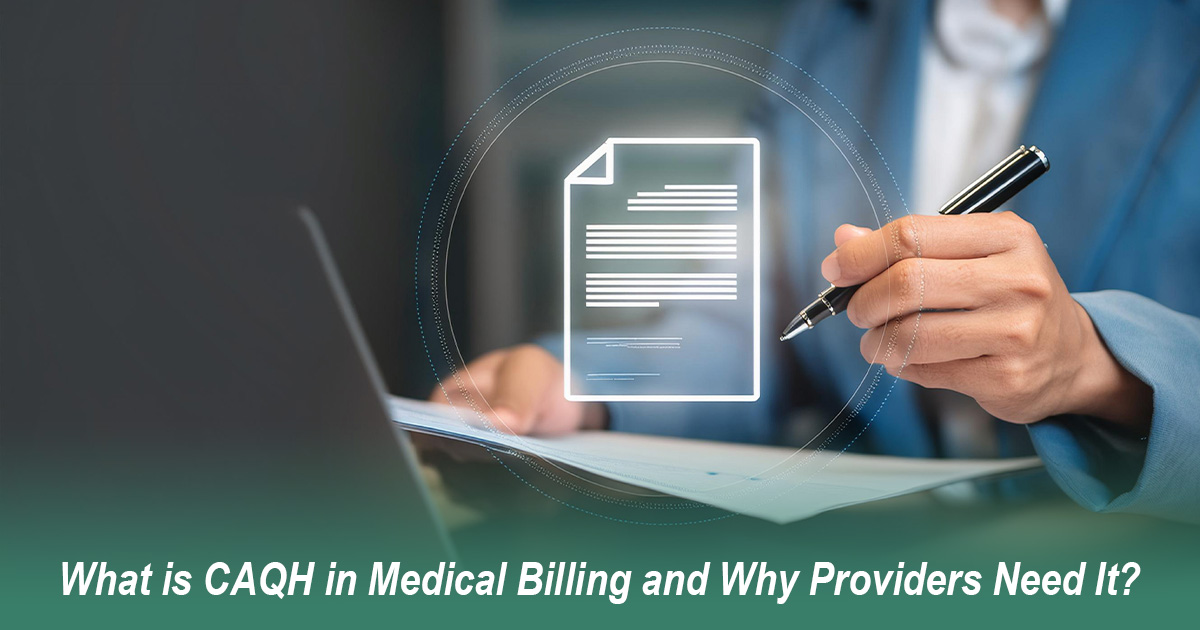
Posted Date: Aug 29, 2025
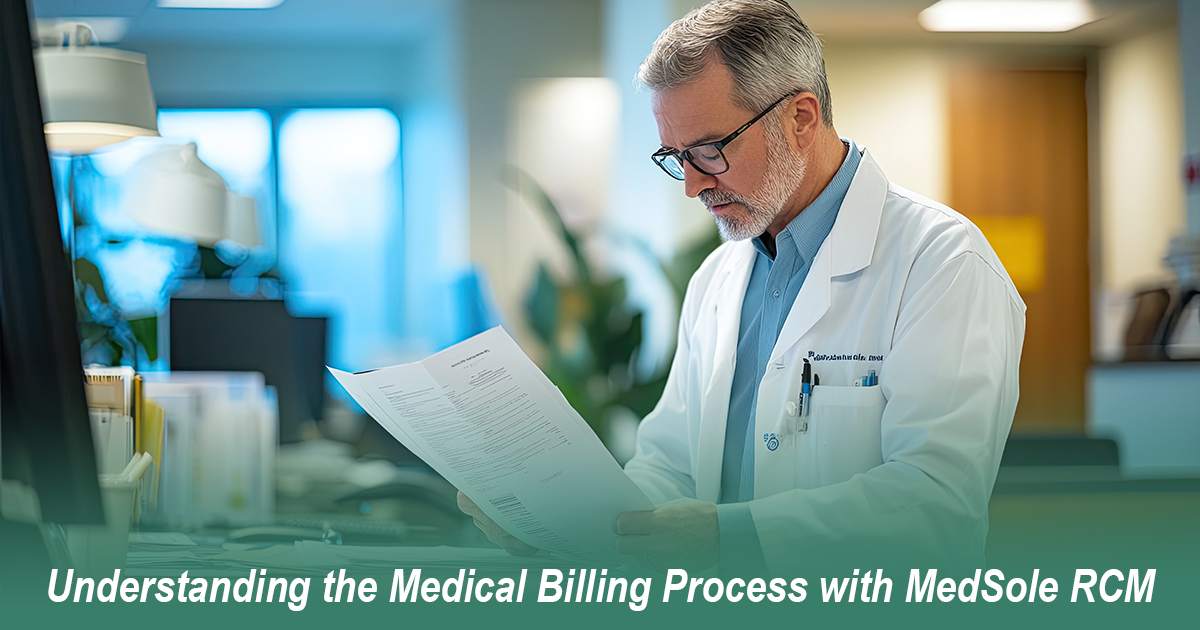
Posted Date: Sep 03, 2025

Posted Date: Sep 05, 2025

Posted Date: Sep 08, 2025

Posted Date: Sep 15, 2025
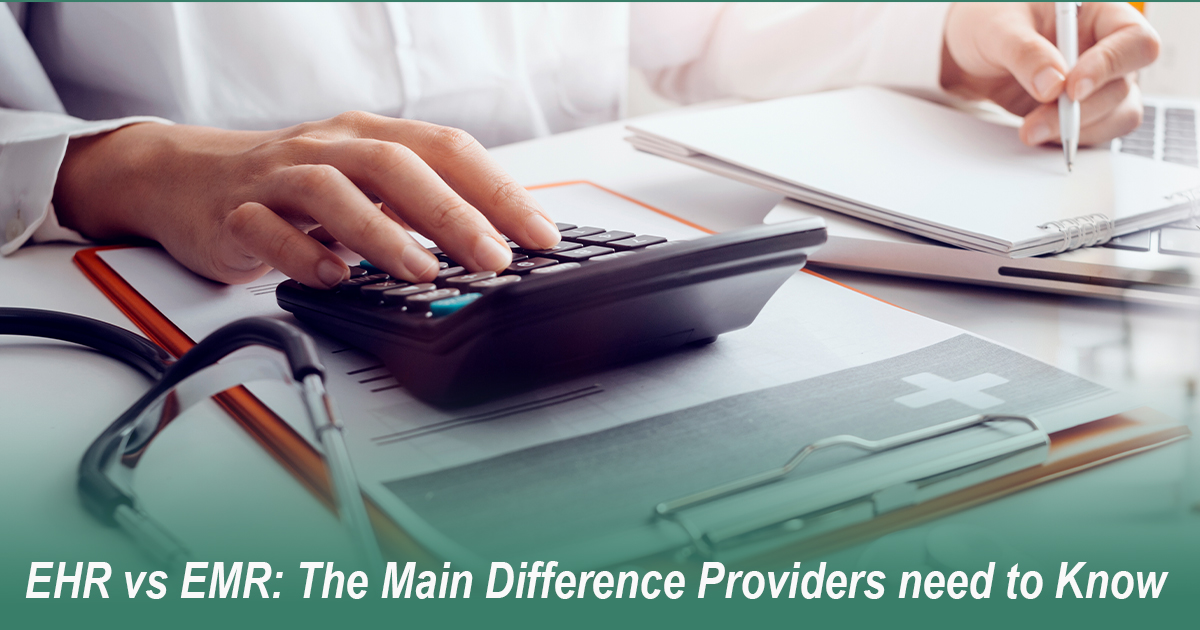
Posted Date: Sep 18, 2025

Posted Date: Sep 22, 2025

Posted Date: Sep 24, 2025

Posted Date: Sep 26, 2025
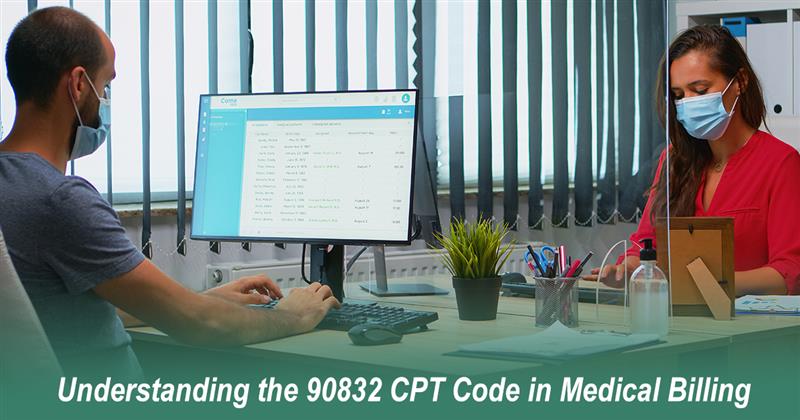
Posted Date: Sep 29, 2025

Posted Date: Oct 02, 2025
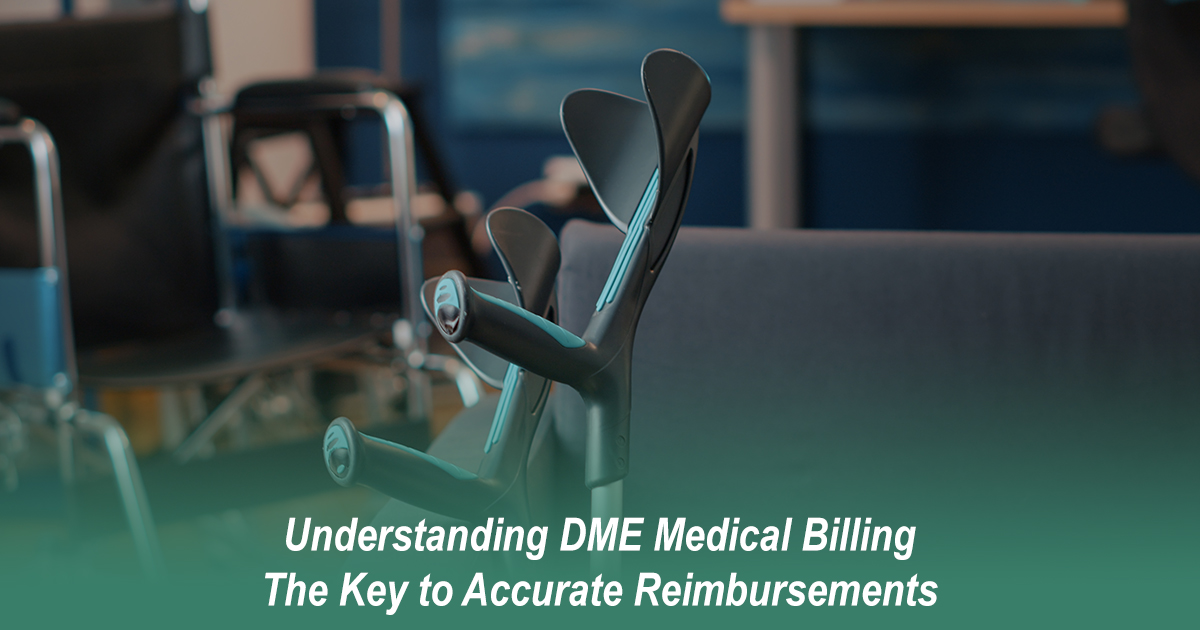
Posted Date: Oct 13, 2025

Posted Date: Oct 16, 2025

Posted Date: Oct 23, 2025
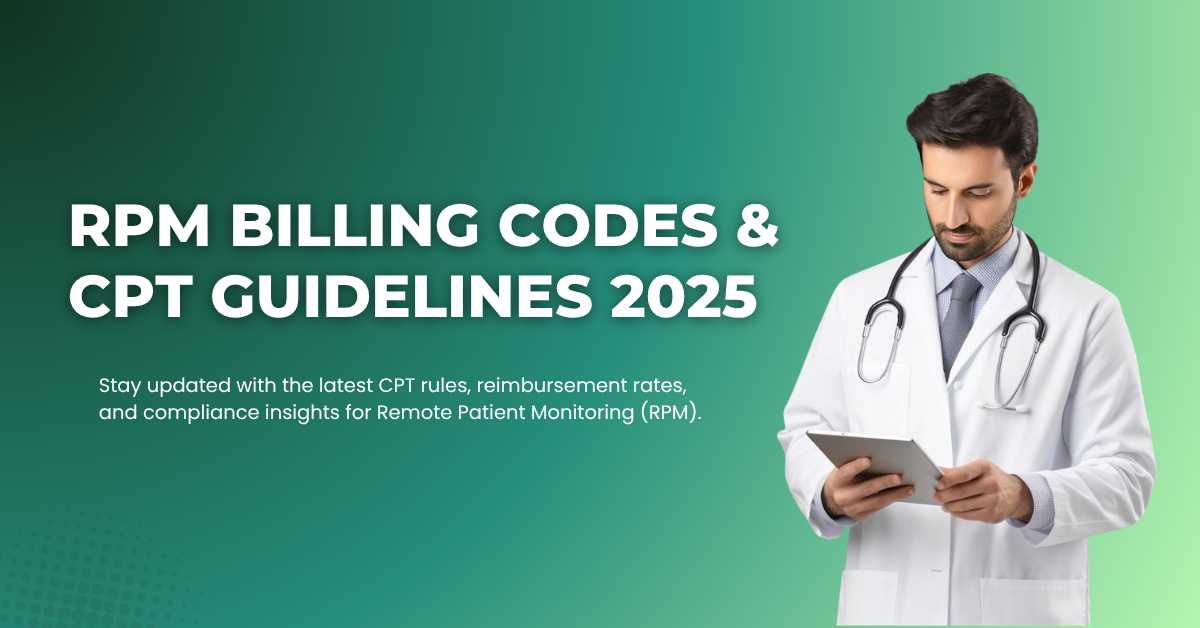
Posted Date: Oct 27, 2025
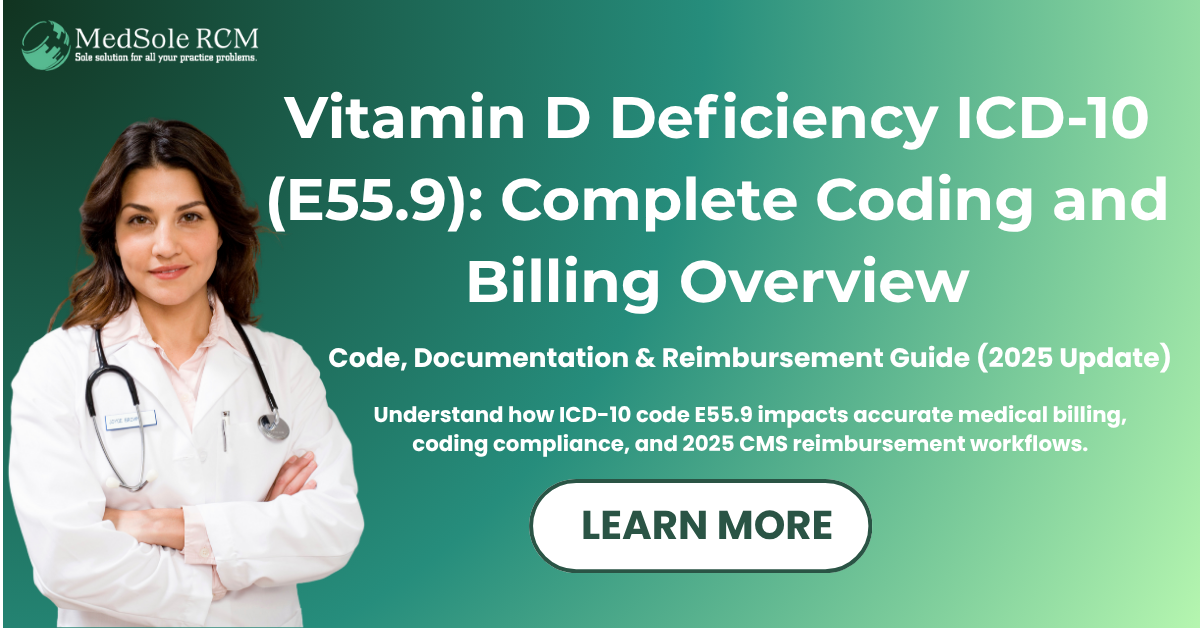
Posted Date: Oct 28, 2025
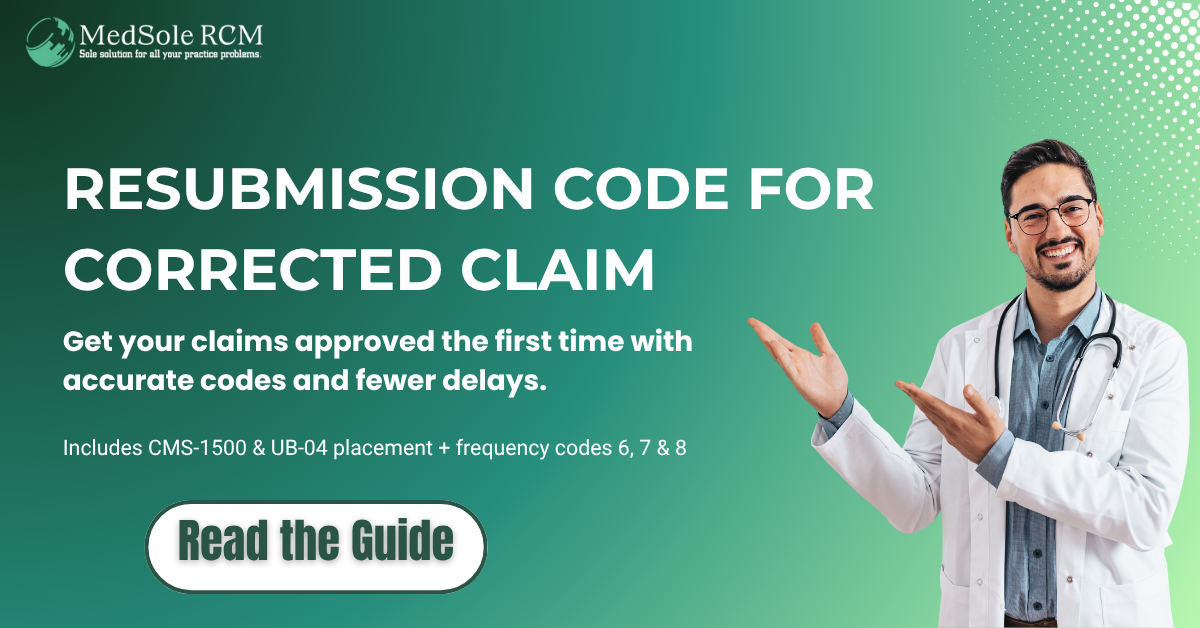
Posted Date: Oct 30, 2025
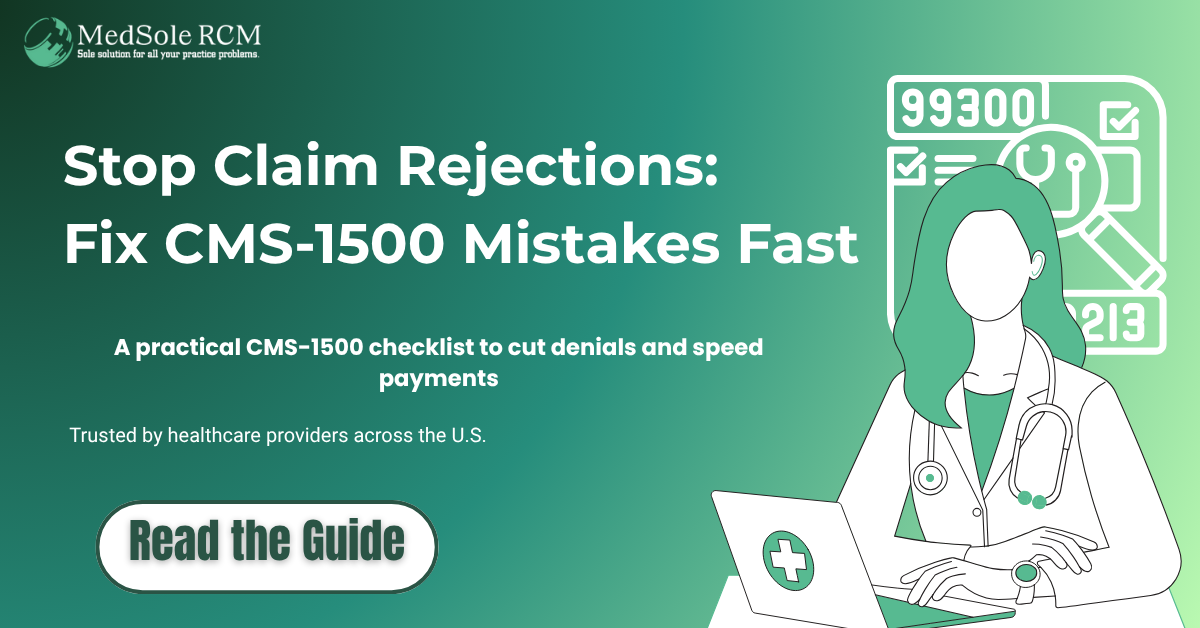
Posted Date: Oct 31, 2025
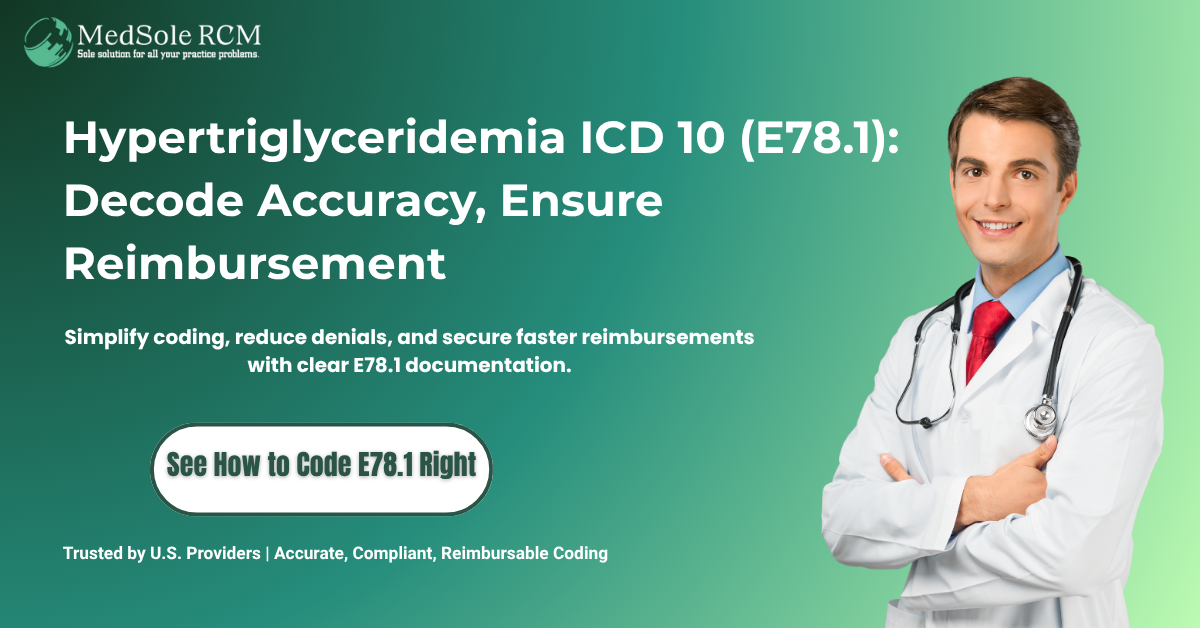
Posted Date: Nov 03, 2025
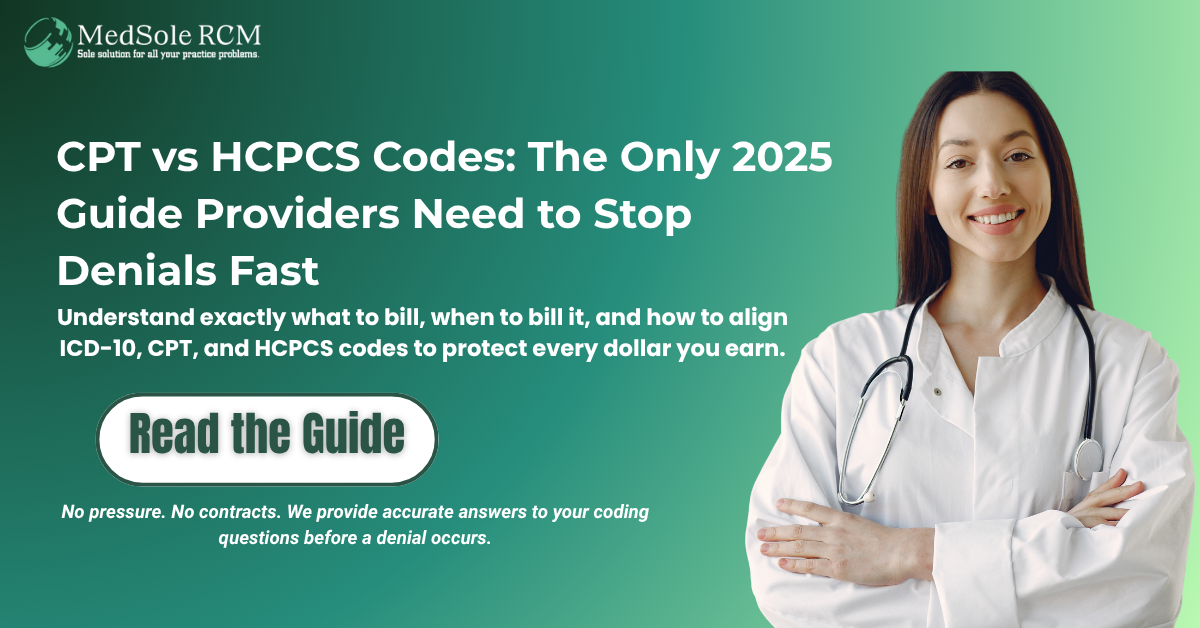
Posted Date: Nov 05, 2025
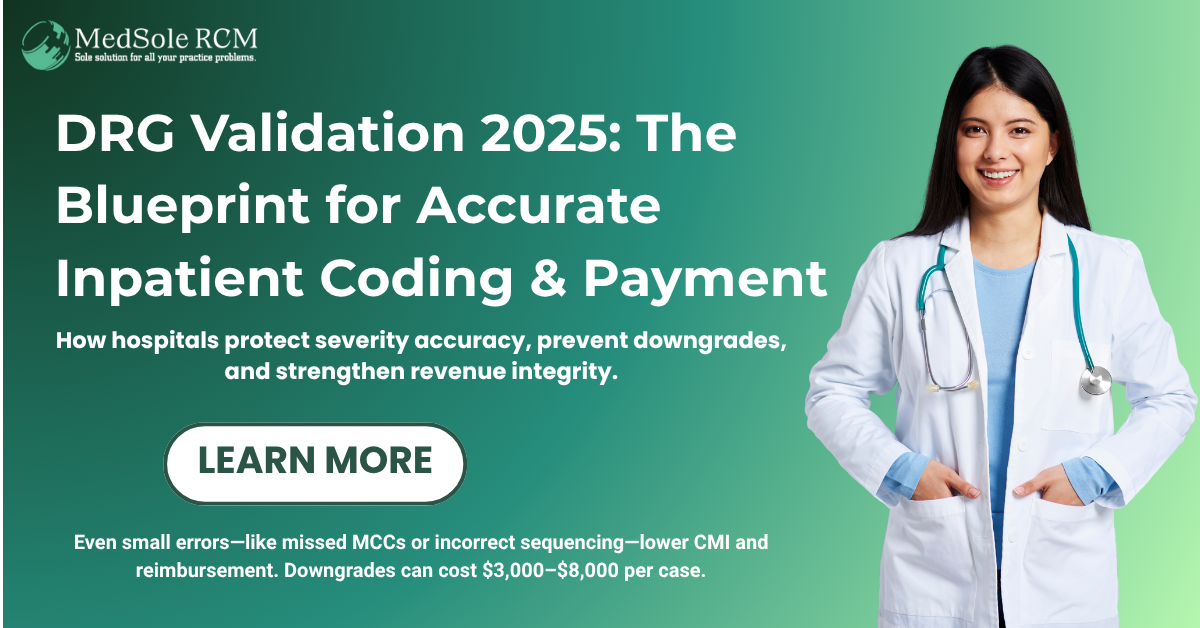
Posted Date: Nov 11, 2025
.png)
Posted Date: Nov 14, 2025